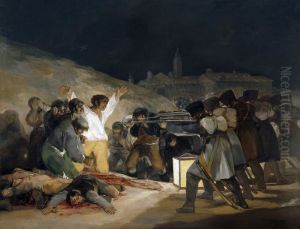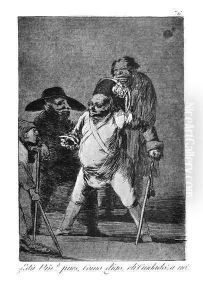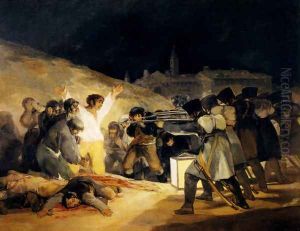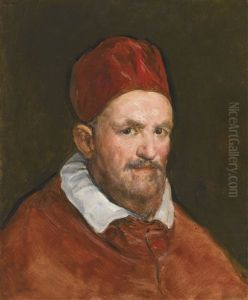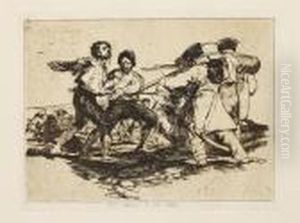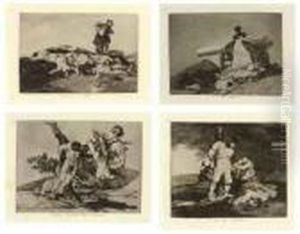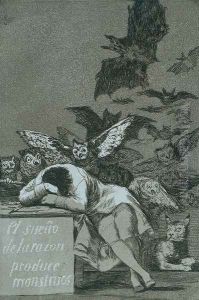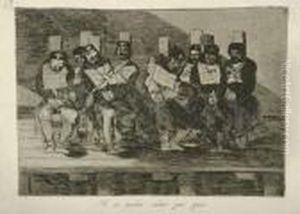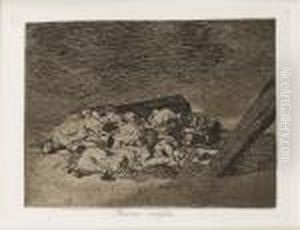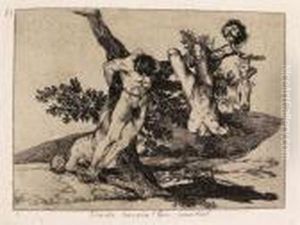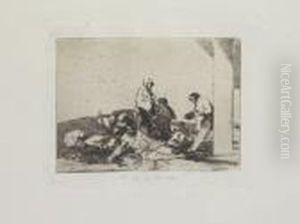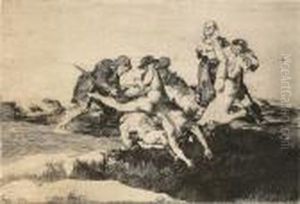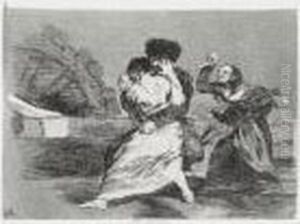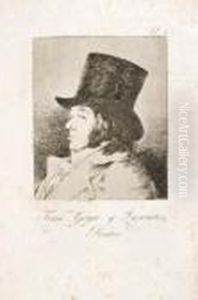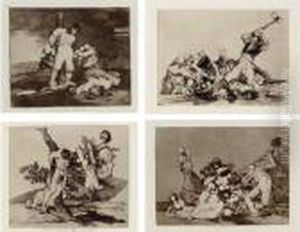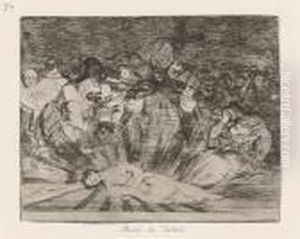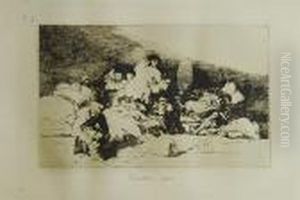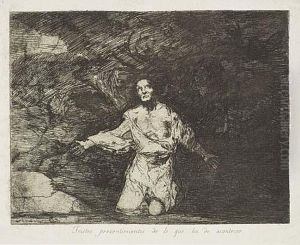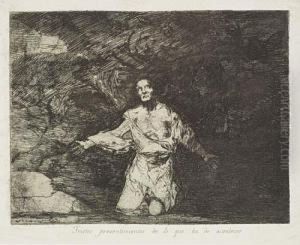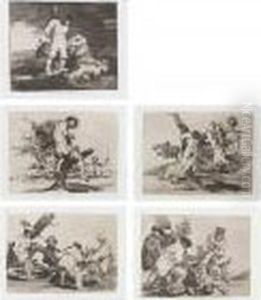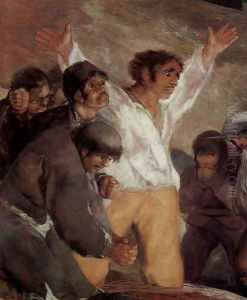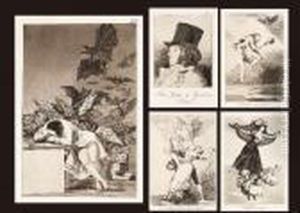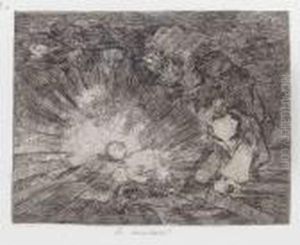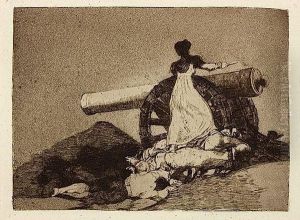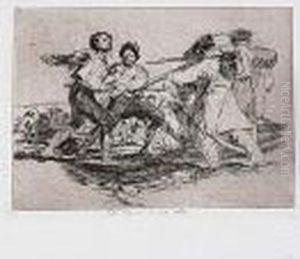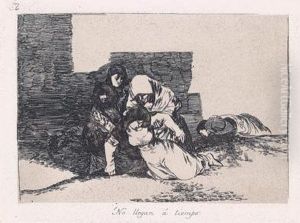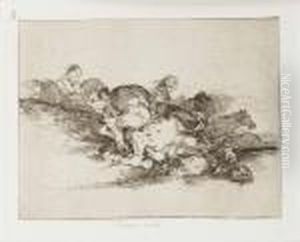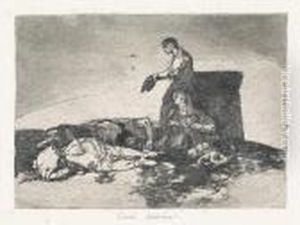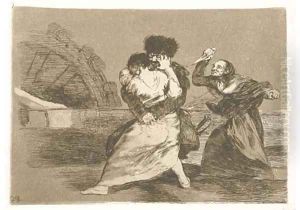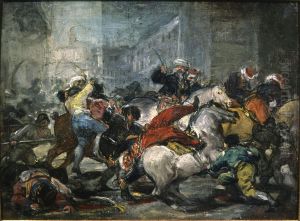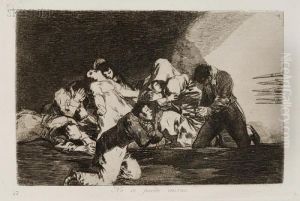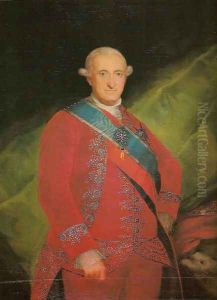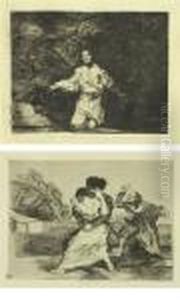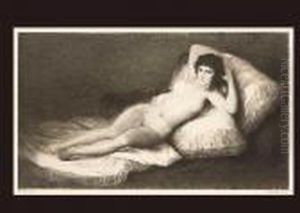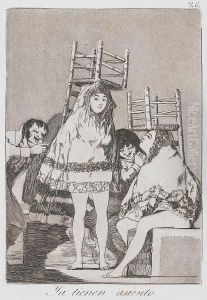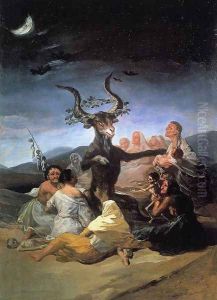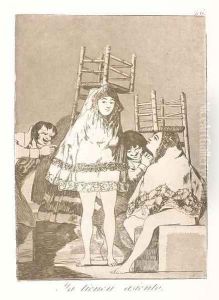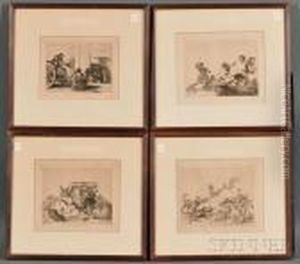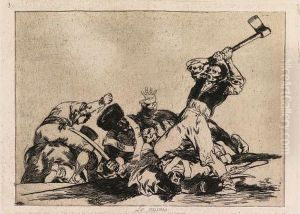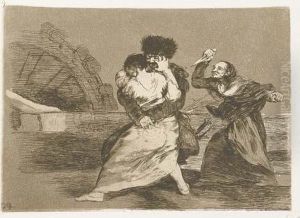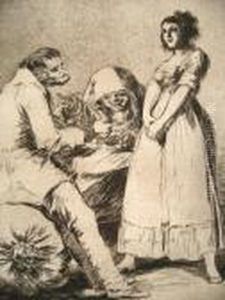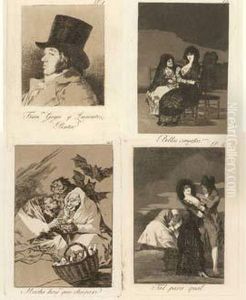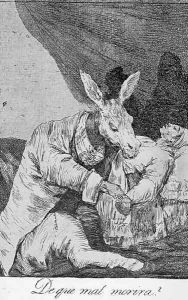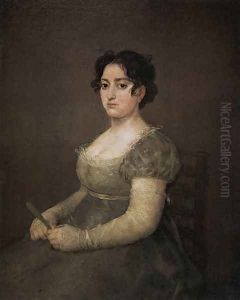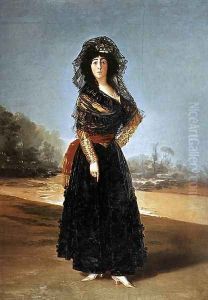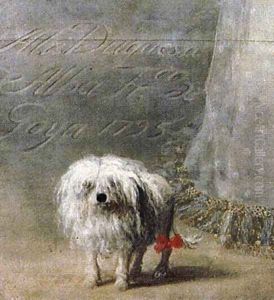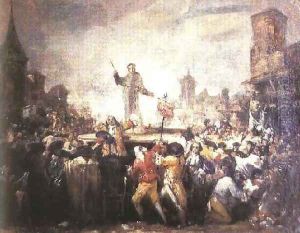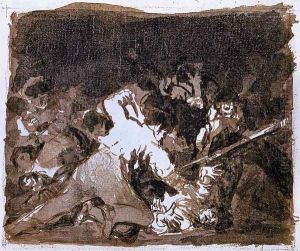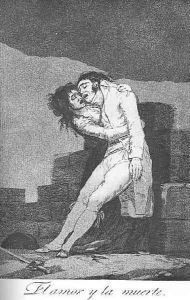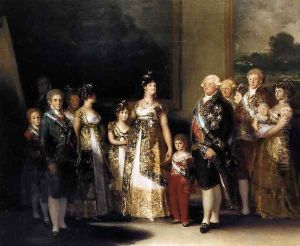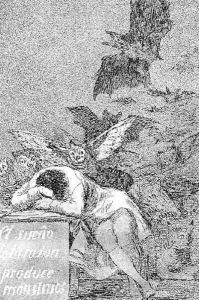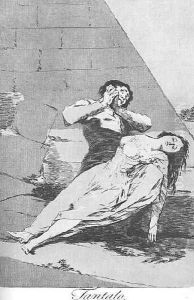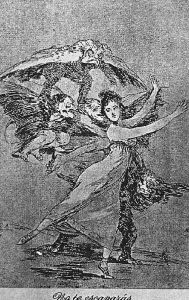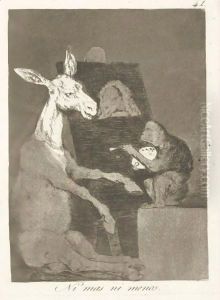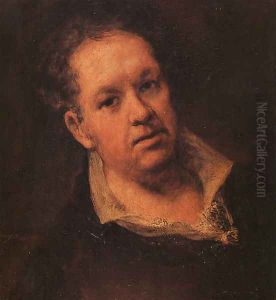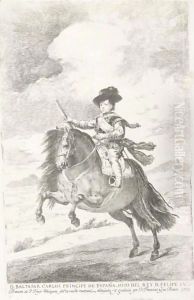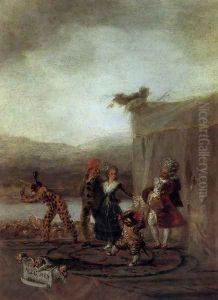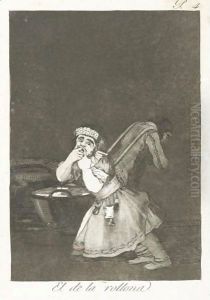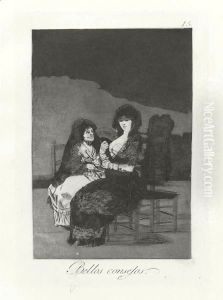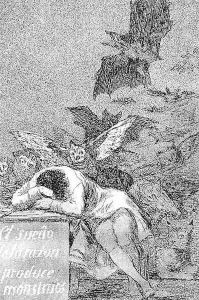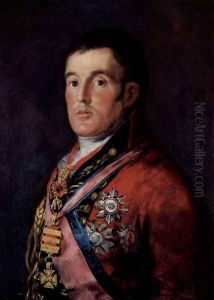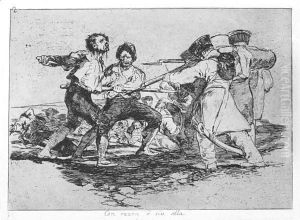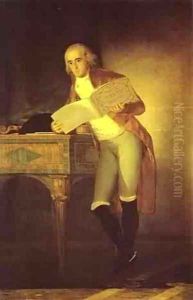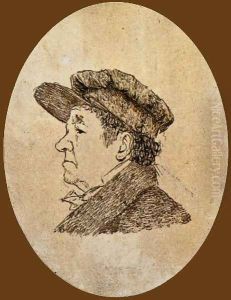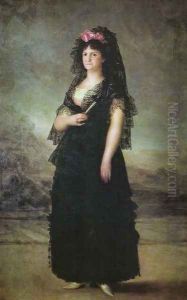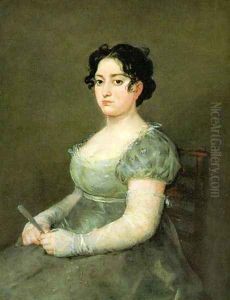Francisco Goya Fuendetodos Paintings
Francisco José de Goya y Lucientes, known as Francisco Goya, was born on March 30, 1746, in Fuendetodos, Spain. He is considered one of the most important Spanish artists of the late 18th and early 19th centuries, his work reflecting dramatic historical changes and marking a transition from the Old Masters to the modern era. Goya's career was vast and varied, as he was a painter, printmaker, and a chronicler of his era, unflinchingly depicting the realities of his time.
Goya began his art studies as a teenager before moving to Madrid to further his education, where he eventually became a court painter to the Spanish Crown. His early works were predominantly in the Rococo style, featuring light, pleasant themes typical of the period. However, as his career progressed, his work became darker and more critical of the society in which he lived. The Peninsular War (1808–1814) between Spain and France had a profound impact on Goya, leading to some of his most famous works, such as 'The Second of May 1808' and 'The Third of May 1808', which depict the brutality of war with shocking realism.
In his later years, Goya's work became increasingly pessimistic and introspective. His series of etchings, 'The Disasters of War', created between 1810 and 1820, harshly criticizes the violence of the Napoleonic Wars. Similarly, his series of paintings known as the 'Black Paintings', which were painted directly onto the walls of his house, reflect his bleak outlook on humanity and his struggles with his own mental health. Despite the dark themes of his later work, Goya's technical skill, particularly his use of light and shadow, had a major influence on future generations of artists.
Goya's health began to decline in the early 1820s, leading him to move to Bordeaux, France, in 1824, where he continued to paint until his death on April 16, 1828. His legacy endures as a pivotal figure in art history, bridging the gap between the classical and modern worlds. Goya's ability to convey complex human emotions and critique societal issues through his art has made his work timeless, resonating with audiences and influencing artists well beyond his death.
